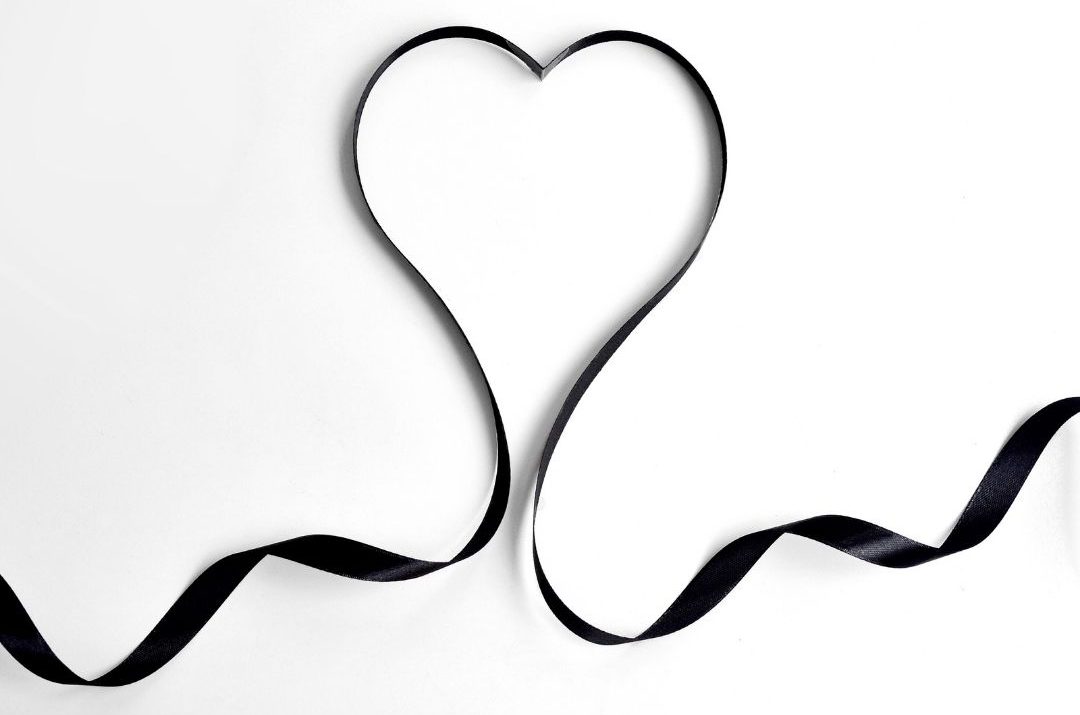7 Uses for Ketamine Therapy
The Food and Drug Administration (FDA) has approved Ketamine for limited use as a general anesthetic, initially used in the 1960s and 1970s. Ketamine was the go-to anesthesia for treating wounded soldiers on the battlefield. Around this same time, researchers were discovering other uses for Ketamine. However, as the drug became popular among recreational users, President Nixon banned it and classified it as a schedule III narcotic. Uses for Ketamine in Mental Health In recent years, Ketamine has been making a comeback in the mental health industry. Psychiatrists can administer Ketamine as an off-label prescription in their clinic. No take-home prescriptions are allowed, however. Esketamine, a nasal spray, and an intravenous drip are the two most common treatment methods. The more time that passes and the more data gathered, the uses for Ketamine are expanding. Below are seven examples. 1. Severe Depression Ketamine is currently an effective treatment for severe depression. If …






